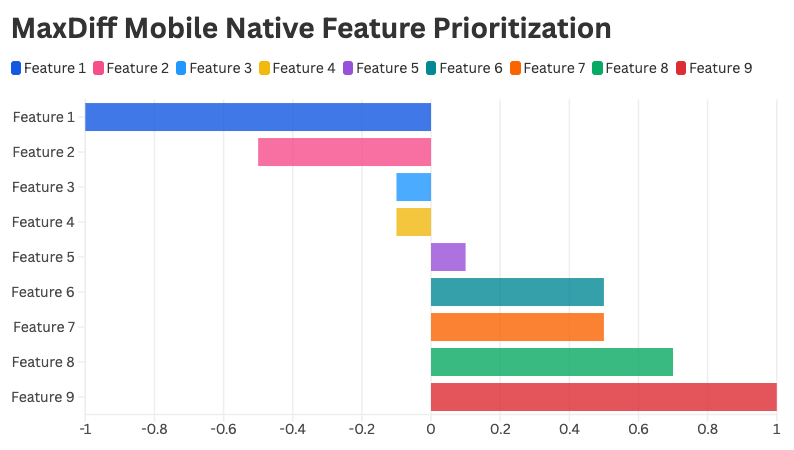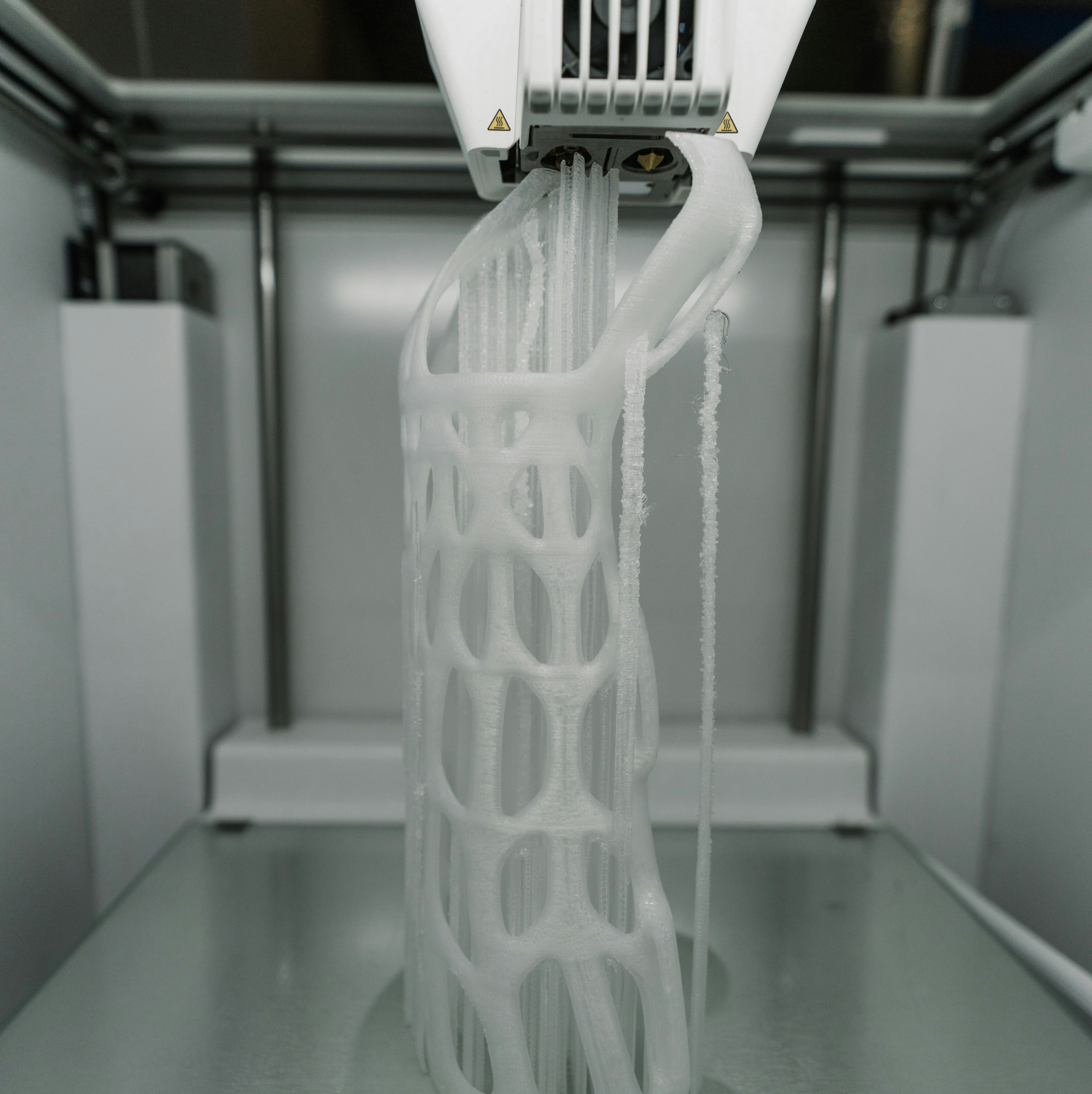Shreya Jaiswal
📍 New York City
Shreya Jaiswal
📍 New York City

I’m an experienced mixed methods UX researcher with a Master’s in Behavioral Science. I integrate quantitative measurement — how many, how strongly — with qualitative insight — why — to translate complex user behavior into clear, actionable outcomes that drive measurable improvements.
Over the last 6+ years, I’ve honed my skills at J.P. Morgan Chase, Google, Peloton, Unity, and multiple startups.
I intentionally build skills beyond UX — learning data science, statistics, and AI technologies to stay ahead as research evolves.
Recent Courses
Current Engagements
Challenge: With limited engineering bandwidth for the year, our team needed to identify which features delivered the most user value.
Approach: I designed a quantitative MaxDiff study to measure feature importance, followed by a conjoint where participants could choose “no preference” to validate differentiation strength.
Impact: The analysis produced a clear, data-driven prioritization model that guided roadmap decisions and aligned stakeholders on where to invest.

Challenge: Redesigning a complex product without standard success metrics like conversion or revenue, with limited user data access.
Approach: Designed a mixed-methods usability benchmark, combining qualitative insights (user friction, mental models) with quantitative metrics (time on task, errors, SUS score).
Impact: Established a clear, measurable framework for product success and embedded a culture of data-driven decision-making.
Challenge: Build personas that are data-backed with segmentation that is also meaningful; the difference in behaviors, actions, and needs should lead to an actionable improvement for our team.
Approach: Conducted a large-scale quantitative survey, with profiling questions and respective behavioral questions to find segments that are meaningful for product improvements.
Impact: The discovered breakdown of segments led to a varying design for each group - resulting in higher than average increases in satisfaction.
Do New Yorker personality traits differ by neighborhood? This website is my attempt to replicate the efforts of Jokela et al which measured these traits among Londoners broken up by neighborhood.
Read more and take the surveyI applied Python to scrape boardgamegeek.com, analyzing board game trends to uncover what drives popularity in niche markets. This type of behavioral analysis helps inform product design, user engagement, and feature prioritization.
Read the articleThe Atlantic Brant is the most commonly found bird in Brooklyn during Audubon's Christmas bird count. Why? I investigate the data to find out.
Read more✍🏽 I'm a non-fiction storyteller, harpist, boardgamer, 3D printing + tinkering enthusiast (shameless Etsy plug), and history + near-future sci-fi reader.
📚 Dare I say, active editor @ Wikipedia.

